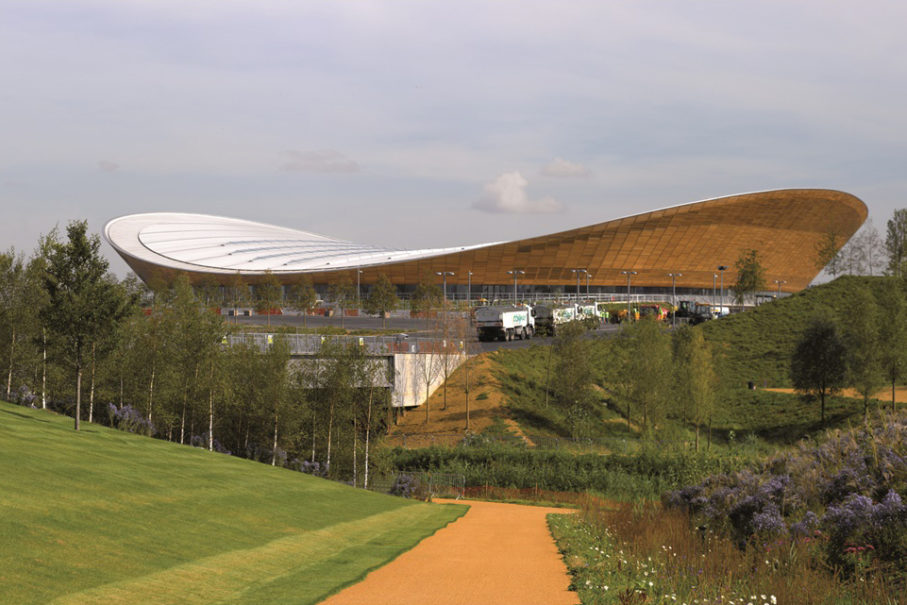
Sustainability is now fundamental to architecture, but it can cause problems for those assessing designs.
When the concept of sustainability first emerged, a research programme meant making a visit to the Centre for Alternative Technology in Machynlleth, Wales, to see how many solar panels it took to light a 40W bulb, or leafing through Stewart Brand’s Whole Earth Catalog.
Back then the focus was on individual sufficiency. Designing for sustainability implied an alternative lifestyle; partly a rejection of conventional culture and partly acceptance of economist EF Schumacher’s ‘small is beautiful’ principle.
Brand’s assertion that we should ‘Stay hungry. Stay foolish’ (appropriated by Steve Jobs) was originally a totem of an alternative culture that was displaced by Star Wars, Thatcher-Reagan, pocket computing, globalisation and sushi.
Subsequently, energy, waste and efficiency have all come to take a far-reaching role in our future. The metrics of climate change are compelling. Sustainability is not just a concept, a nice-to-have, but a fundamental component of a working global community.
So far, so orthodox … but where does this touch on competitions and business development?
Last year’s International Conference on Competitions in Delft heard a number of papers identifying the difficulties of embracing sustainability in the judging of designs. Architect Leif Ostman convincingly argued that the concept itself was obscure and the integration into design unclear; Carmela Cucuzzella, a professor at Concordia University, Montreal, presented a substantial analysis of the different currents of influence brought by acknowledged experts in the assessment process.
Sustainability is in ever sharper focus and uppermost in most briefs for institutional, educational and civic projects around the world. Clients feel a personal responsibility. As potential competitors, architects need to be aware of the approaches taken by juries in assessing the contribution made by sustainable strategies in design competitions.
Ostman identified competitions as being fundamentally about the organisation of space, aesthetic representation and response to setting. These elements primarily triggered visual reactions in the jury, whereas sustainability could only be potentially indicated. He included a summary of the jury scoring in one well-known competition, which demonstrated that most jurors found difficulty assessing the criteria ‘sustainable’ and ‘healthy’, but showed confidence scoring ‘architecture’, ‘organisation’ and ‘identity’.
His conclusion? That briefing needs to include realistic operational targets so that design approaches can be compared (and – enigmatically – a view that design competitions are incompatible with genuine innovation in sustainability).
Cucuzzella had a different take. She argued that specialists such as environmental experts may skew jury deliberations, leaving an imbalance in the weight given to other more qualitative arguments.
She speculated that this particular type of input was specific and fragmented, limiting an overall vision of the project concept. She reserved special mention for the risks of a meta-expert (her term) in a jury: a world-renowned specialist who could overly influence the discussion.
Competitions are innately radical. They should refresh the culture, and nothing is more pressing than our response to climate change. Infrastructure and environmental experts such as Ed McCann of Expedition and Patrick Bellew of Atelier Ten are brilliant at recognising new ideas about sustainability in architectural design. They and their peers should be on more juries.
My own conclusion is that the sustainable objectives of briefs are often vague (‘to be the world’s best sustainable university campus’) or overly precise (BREEAM Outstanding). Both extremes stifle good ideas. In the former case, the level of design at competition stage can only hint at achieving this; in the latter case, a tick-box attitude led by an expert is inevitable. Jurors need to challenge imprecise or overly detailed briefs so that creative and innovative sustainable approaches are not squeezed out or overlooked.
Reprinted kind permission, the Architect’s Journal, London, UK

